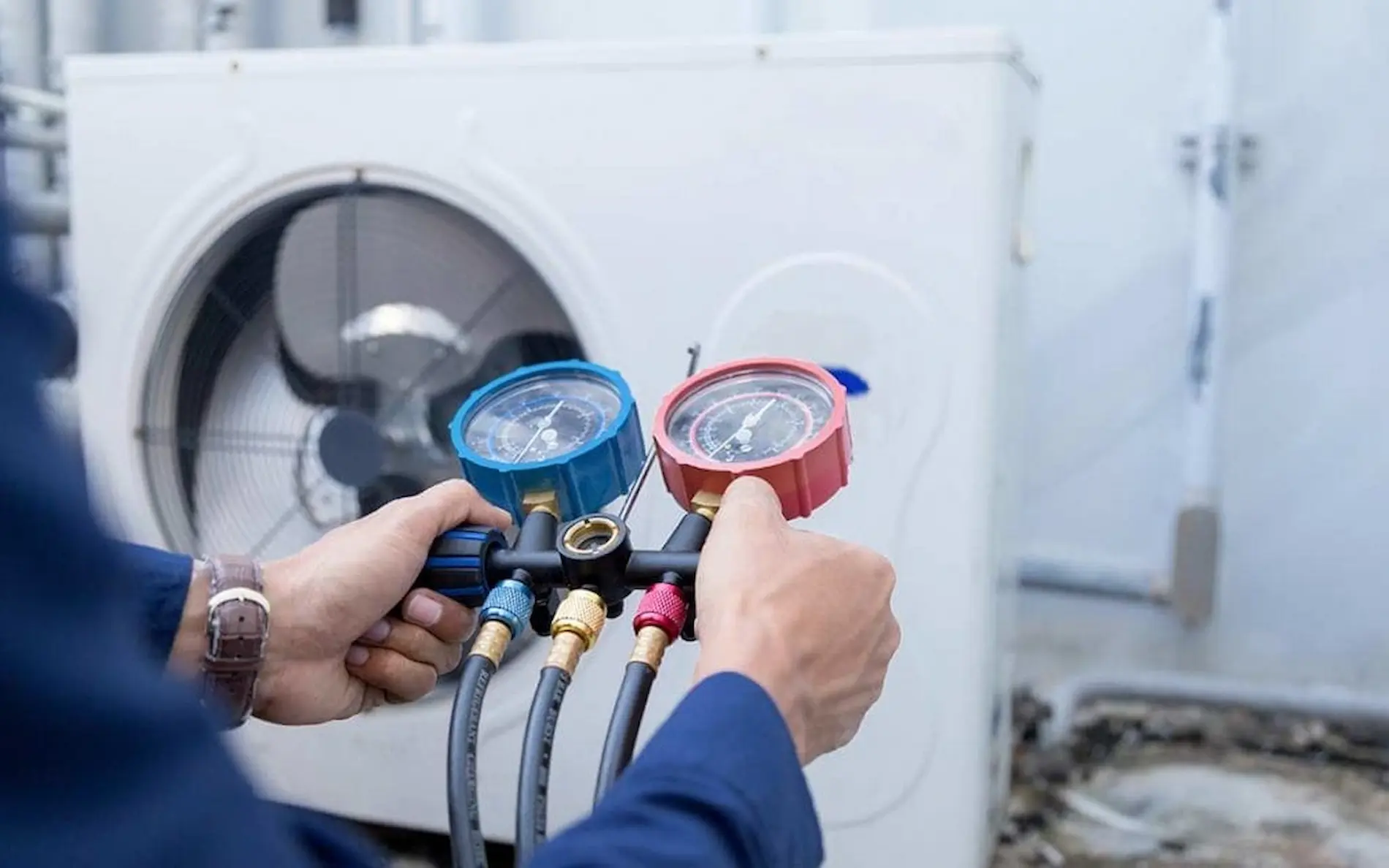4.8
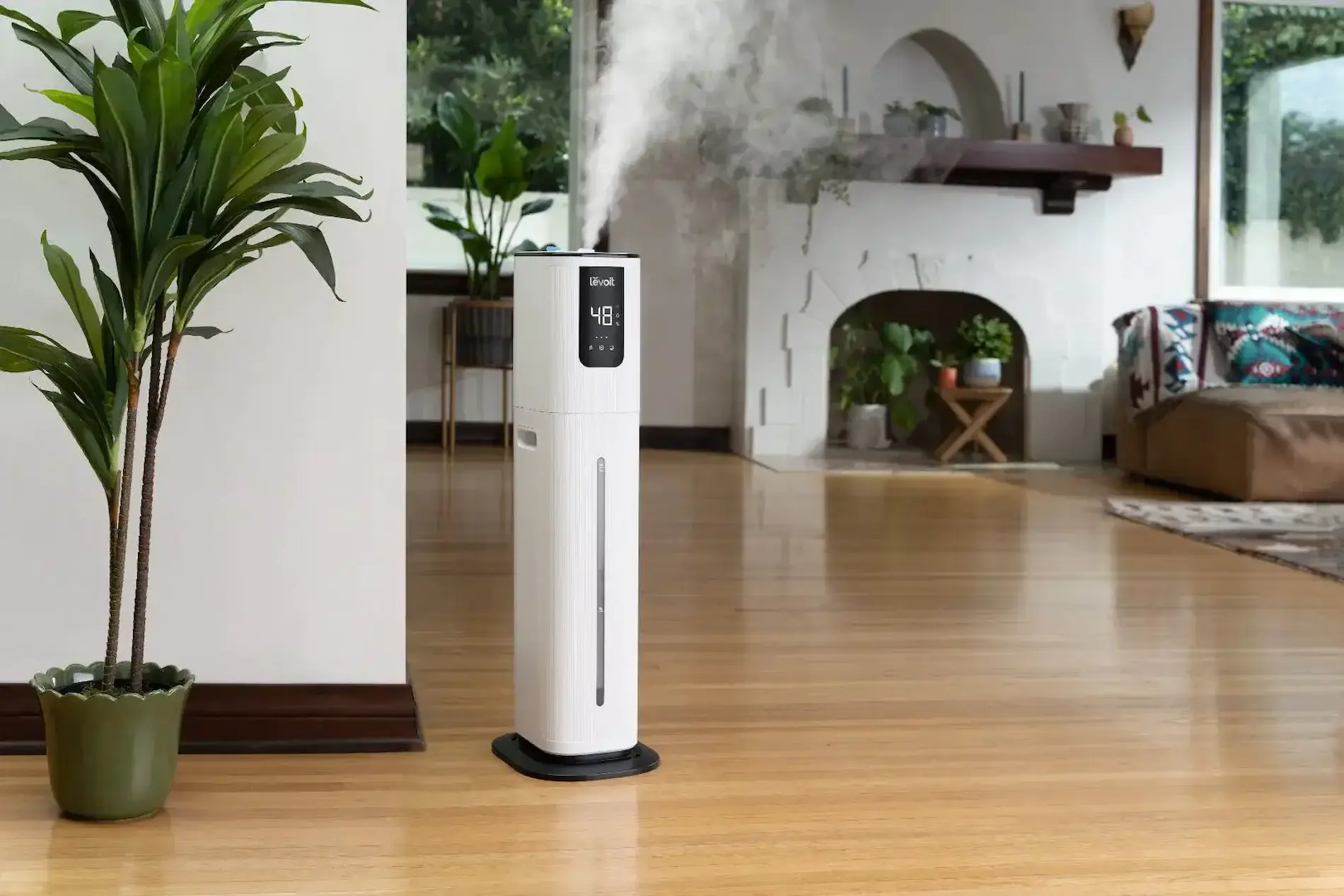
How to Fix a Room Humidifier in Des Moines, IA | Lazer Home Services
A room humidifier is an essential device for maintaining comfortable humidity levels in your home, especially during dry seasons. However, like any appliance, it can face issues over time, such as not producing mist, making unusual noises, or leaking water. Knowing how to fix a room humidifier can save you time and money while keeping your home environment healthy. Proper maintenance and timely repairs ensure your home remains comfortable throughout the year. If you need professional assistance or guidance, our team is always ready to help through Lazer Home Services.
Understanding How Your Humidifier Works
Before attempting any repair, it is important to understand how a room humidifier operates. Most humidifiers work by converting water into moisture and dispersing it into the air. There are different types, including ultrasonic, evaporative, and steam units. Knowing the type of humidifier you own helps identify the source of problems and the best repair method. Using regular maintenance services can keep your humidifier running efficiently for longer periods.
Common Problems with Room Humidifiers
Humidifiers can face several issues due to improper use, lack of maintenance, or mechanical failure. Many units stop producing mist, start leaking, make unusual noises, or emit unpleasant odors. Identifying the exact problem is the first step toward fixing it and ensuring the unit functions properly again. Routine inspections and proper care prevent small issues from becoming costly repairs over time.
Safety Precautions Before Repairing
Safety is crucial when handling any appliance. Always unplug your humidifier from the power source and allow it to cool down if it’s a warm-mist unit. Remove all water from the tank before starting any cleaning or maintenance. These precautions prevent accidents and make the repair process smoother. For professional support or urgent assistance, reaching out through our contact page ensures safety and efficiency.
Cleaning Your Humidifier
A dirty humidifier is often the root cause of many common problems. Mineral deposits and mold buildup can block mist output or create unpleasant odors. Cleaning involves disassembling the unit carefully and soaking removable parts in a solution of water and white vinegar. Scrubbing the tank and base removes deposits, while rinsing and drying ensures no residue is left behind. Regular cleaning is one of the most effective ways to maintain your humidifier. Seasonal maintenance and professional humidifier services can help keep your unit in top condition.
Checking the Water Supply
A clean and consistent water supply is essential for proper operation. Low water levels, mineral buildup from hard water, or blockages in the inlet can prevent mist from being produced. Filling the tank with clean water and using distilled water reduces mineral deposits and keeps the humidifier working efficiently. Related indoor air quality services, like dehumidifier maintenance, can also improve overall home comfort.
Inspecting the Filter
Many humidifiers use filters to trap impurities. A clogged or dirty filter can hinder performance. Regularly inspecting and cleaning the filter, or replacing it when necessary, ensures smooth operation and better air quality. Taking advantage of seasonal offers can help maintain your system efficiently without added stress.
Fixing a Humidifier That Won’t Turn On
If your humidifier fails to start, first ensure it’s plugged in properly and the outlet is working. Check for blown fuses or tripped breakers and inspect the power cord for damage. Make sure the water tank is properly seated, as many units won’t operate unless the tank is in place. If the problem persists, internal components may need repair or replacement. Professional humidifier services ensure the correct parts and procedures are used, saving time and avoiding further damage.
Resolving a Leaking Humidifier
Leaks can occur due to improper tank placement, cracks, worn gaskets, or overfilling. Ensuring the tank is level and not overfilled prevents most leaks. Cracked tanks or damaged seals may require replacement. Promptly addressing leaks prevents water damage and keeps the humidifier functioning efficiently. Professional assistance via contact support can quickly identify the source of leaks and provide a reliable solution.
Eliminating Unusual Noises
A noisy humidifier often results from loose components, mineral buildup, or worn-out fan motors. Inspecting and tightening parts, cleaning ultrasonic plates, and removing debris helps reduce noise. If the fan motor is damaged, replacement may be necessary. Routine professional maintenance ensures the humidifier remains quiet and operates consistently.
Dealing with Foul Odors
Unpleasant odors usually come from stagnant water or mold growth. Emptying and cleaning the tank daily, using distilled water, and cleaning all components regularly can prevent smells. Adding a safe antibacterial solution, when recommended, also keeps the air fresh. Scheduling seasonal humidifier maintenance prevents odor problems and ensures clean, healthy air in your home.
Replacing Broken Components
Some repairs require replacing parts such as filters, tanks, mist nozzles, or ultrasonic plates. Using quality replacement components ensures safety and proper functionality. Professional services provide access to the right parts and expert installation, extending the life of your humidifier.
Preventive Maintenance Tips
Regular maintenance is the best way to avoid frequent repairs. Clean the humidifier weekly, replace filters as needed, use distilled water, store the unit properly when not in use, and inspect components periodically. Seasonal services and checking for offers help maintain the humidifier efficiently while reducing unexpected issues. Preventive care ensures optimal performance and enhances indoor air quality.
Conclusion
Fixing a room humidifier doesn’t have to be complicated. Many common issues, including reduced mist, leaks, unusual noises, or foul odors, can be resolved with proper cleaning, checking water supply, inspecting filters, and replacing worn parts. Understanding your device and performing regular maintenance prevents most problems and keeps the humidifier running efficiently. For expert help or scheduled service, you can reach out via our contact page to ensure your humidifier is always in optimal condition.
Why Choose Us
Our team specializes in providing practical, easy-to-follow guidance for maintaining and repairing home appliances, including humidifiers. We focus on solutions that are safe, effective, and accessible even for beginners.
With years of experience in home maintenance, we offer reliable support that saves time, protects your investment, and keeps your home comfortable. Seasonal services, maintenance packages, and timely repairs ensure your humidifier works efficiently year-round.
Frequently Asked Questions (FAQ)
How often should I clean my humidifier?
It is recommended to clean your humidifier at least once a week to prevent mold, bacteria, and mineral buildup. Regular cleaning ensures consistent performance and fresh air.
Can I use tap water in my humidifier?
While tap water can be used, it often leads to mineral buildup inside the unit. Using distilled water is recommended for longer-lasting performance and easier maintenance.
Why is my humidifier making noise?
Noise usually occurs because of loose parts, mineral deposits, or a worn-out fan motor. Cleaning, tightening parts, or replacing worn components typically resolves the problem.
What should I do if my humidifier continues to leak?
Check for cracks in the water tank, worn gaskets, or improper placement. Replacing damaged parts and ensuring proper tank alignment usually stops leaks.
When should I replace the humidifier filter?
Filters should be replaced according to the manufacturer’s recommendations, generally every one to three months, depending on the frequency of use and water quality.
Why is my humidifier not producing mist?
This can happen due to low water levels, clogged filters, mineral buildup, or mechanical issues. Inspect the water supply, clean the unit thoroughly, and check for worn parts to restore mist output.
How do I prevent foul odors in my humidifier?
Empty and clean the tank daily, use distilled water, and clean all components regularly. Adding a humidifier-safe antibacterial solution, if recommended, also helps prevent odors.
Recent News
Residential Drain Cleaning in Des Moines | Lazer Home Services
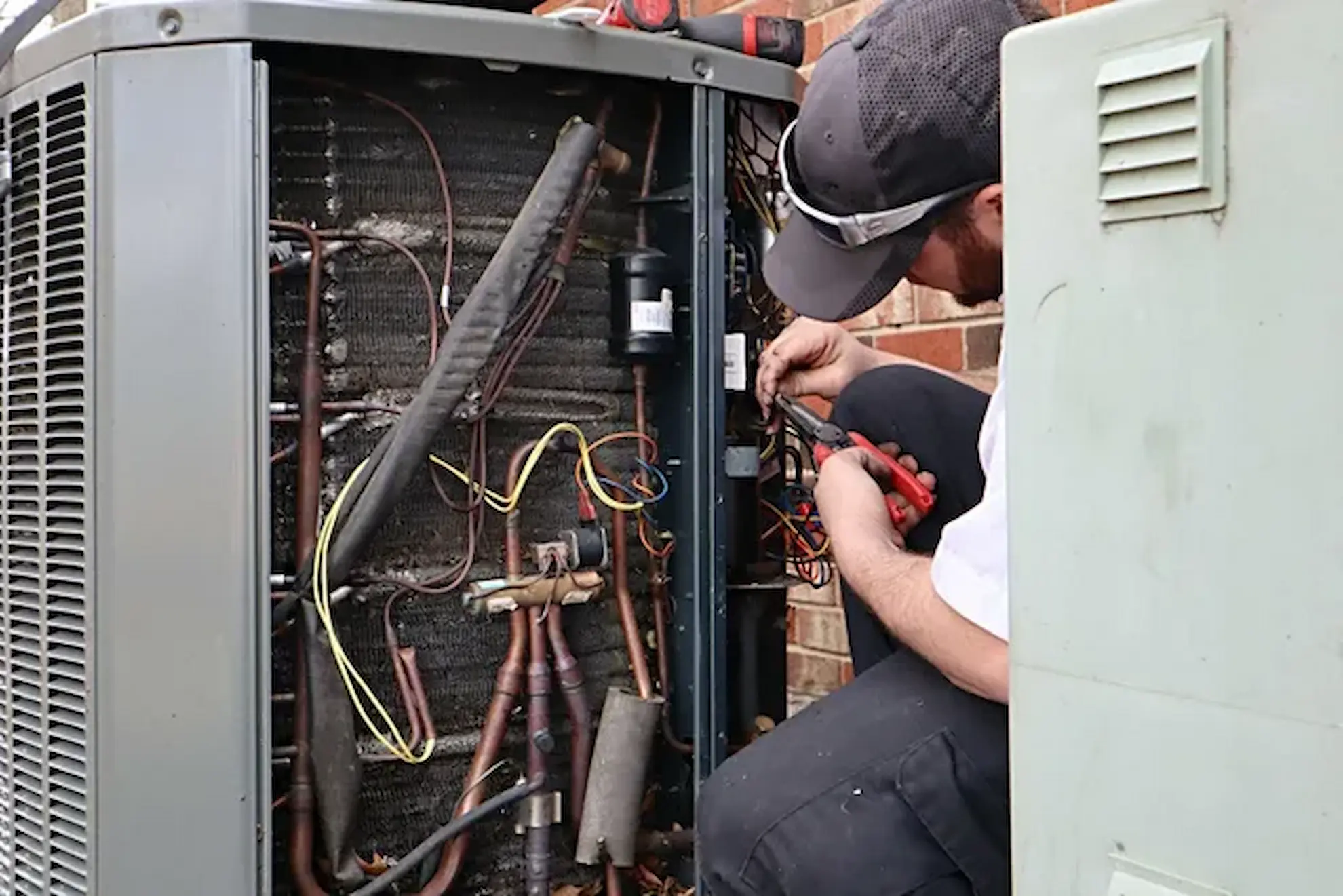
Heat Pump Repair & Installation in Des Moines | Lazer Home Services
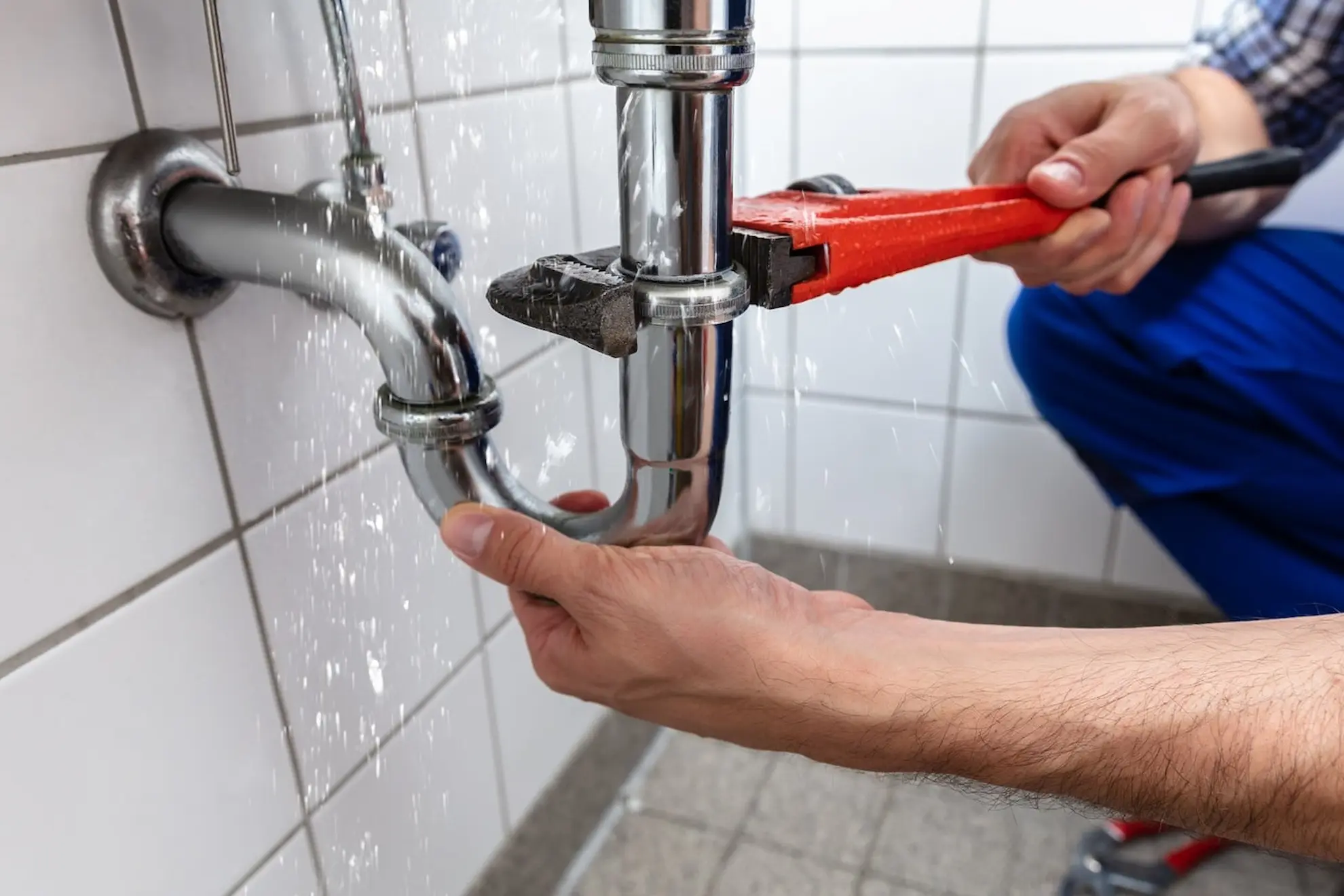
How to Detect Hidden Pipe Leaks | Lazer Home Services
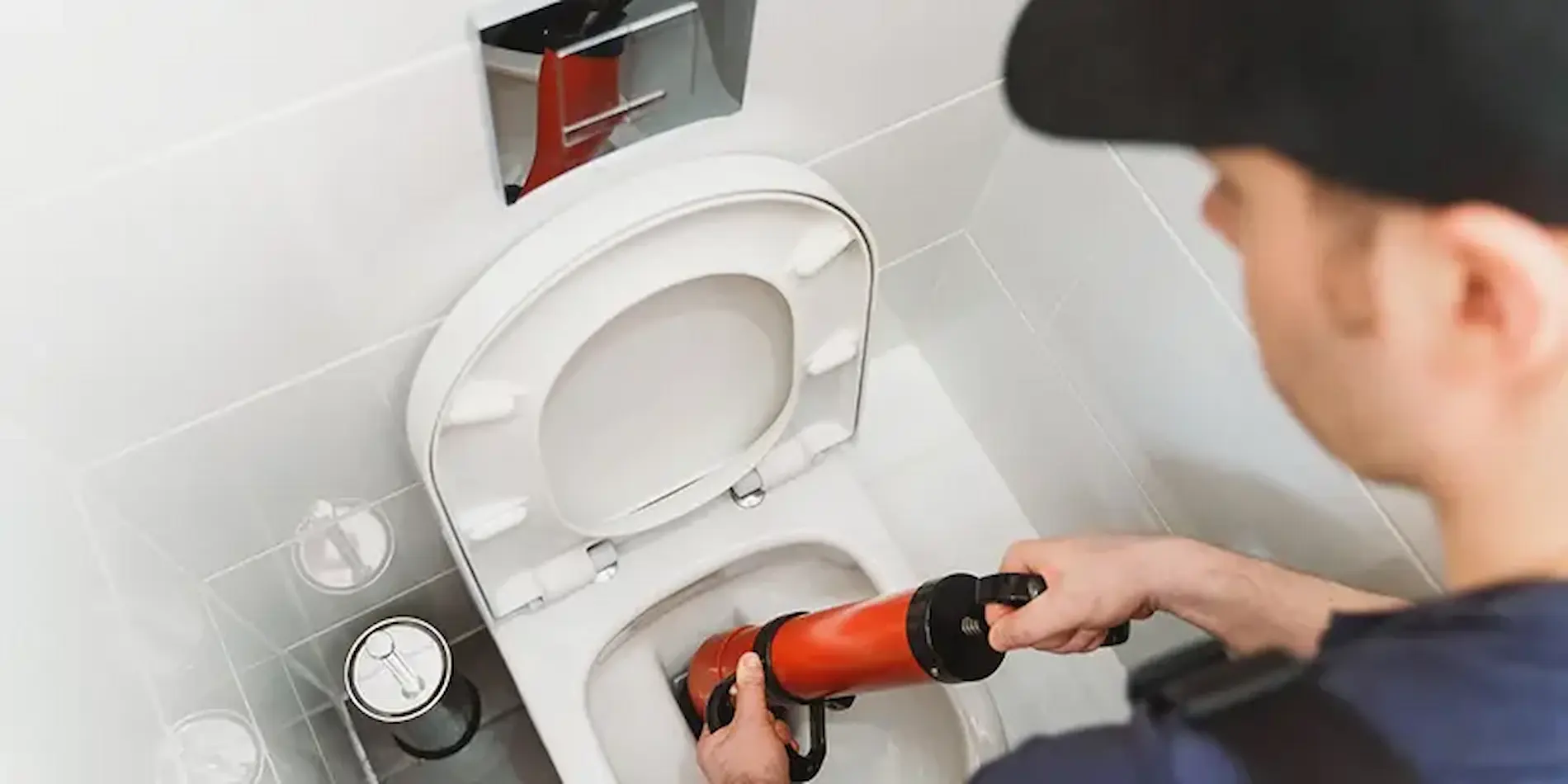
5 Early Warning Signs Your Home Plumbing Needs Urgent Attention
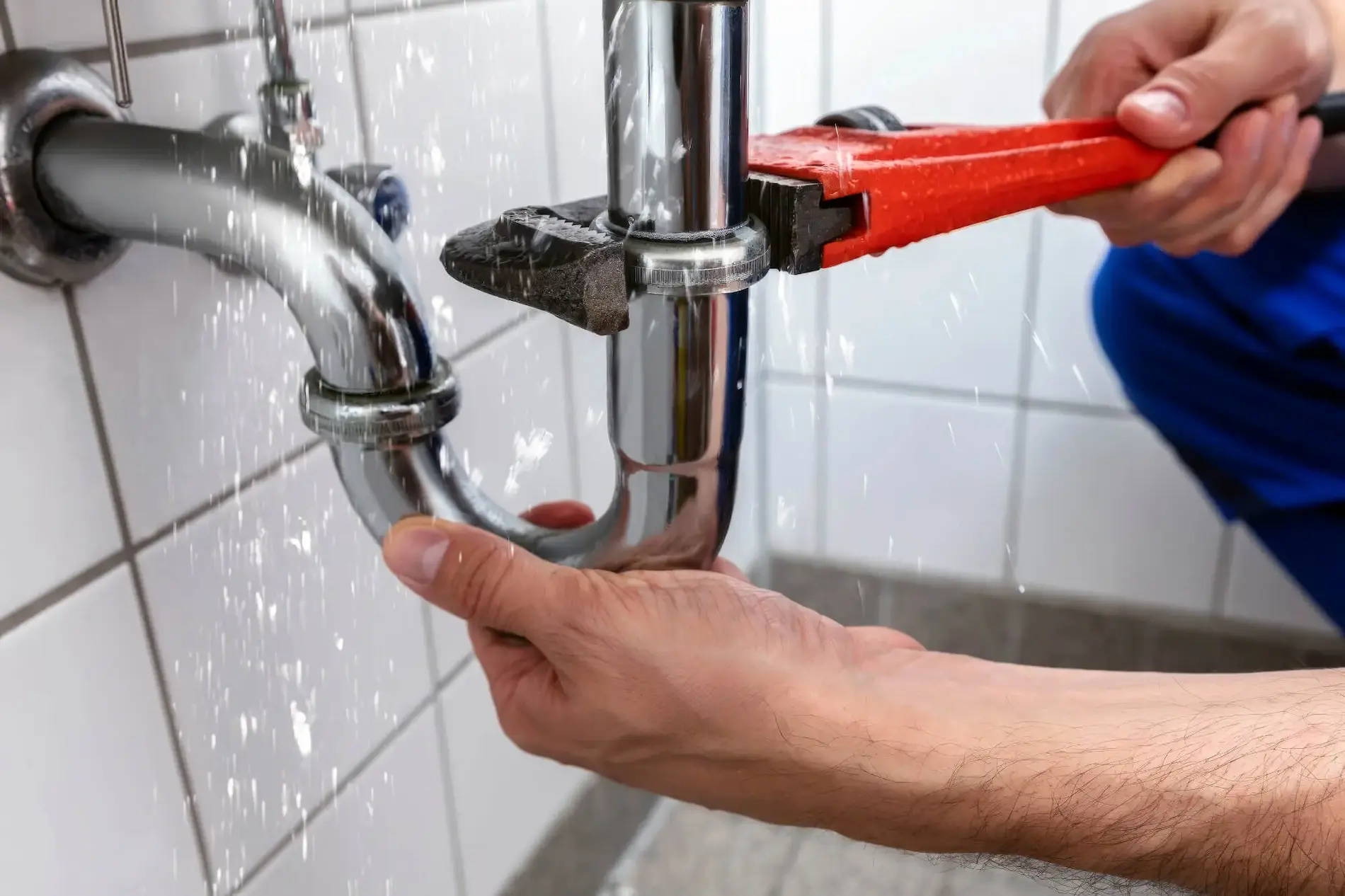
Plumbing Maintenance Checklist Des Moines | Lazer Home Services
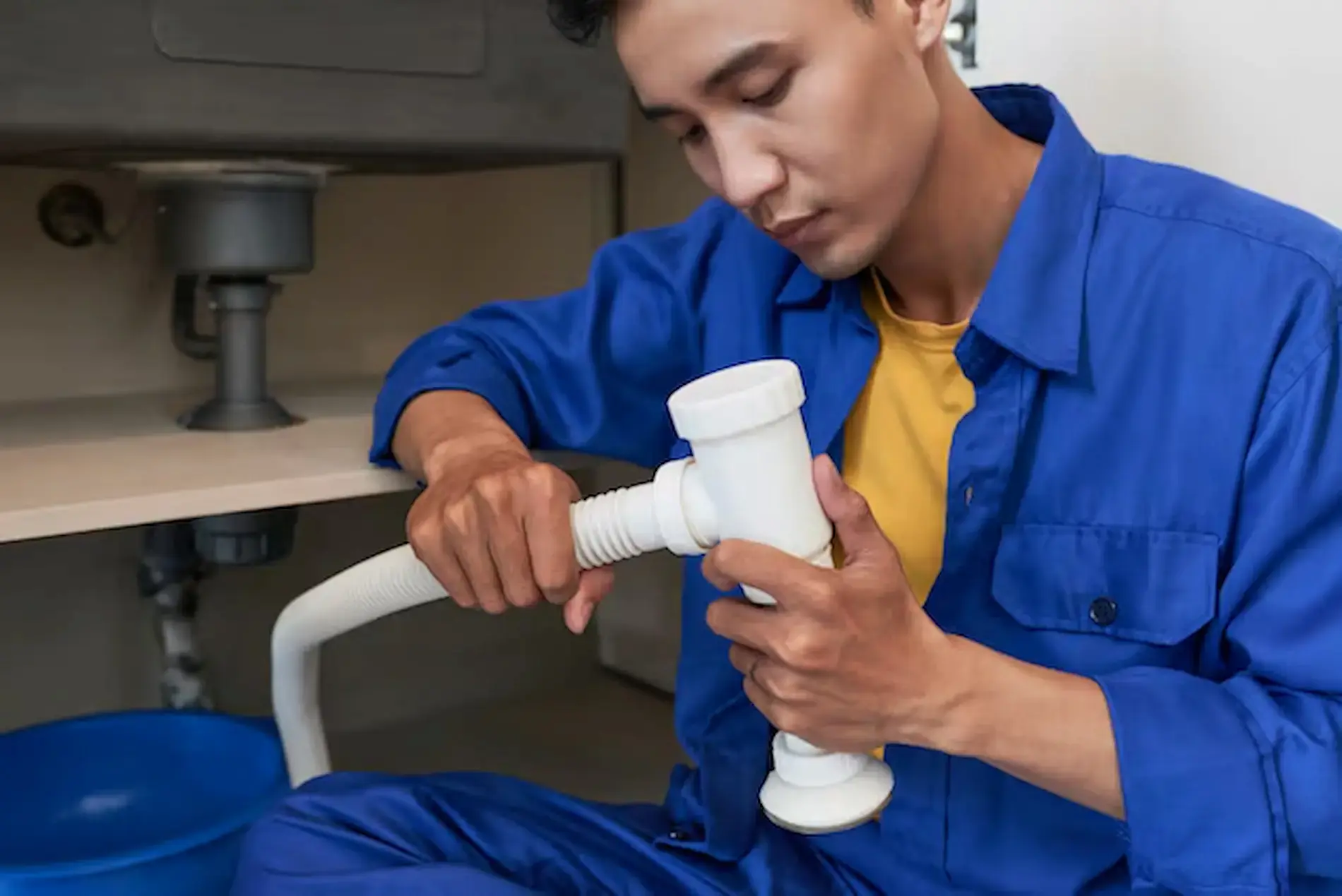
Leak Detection and Repair in Des Moines | Lazer Home Services
